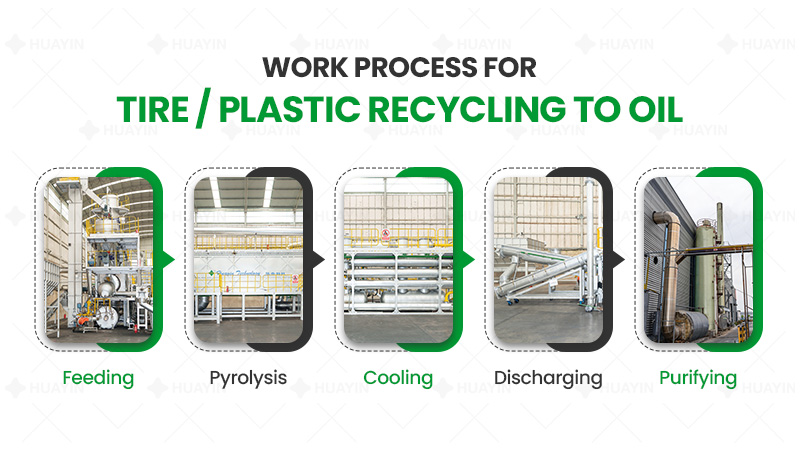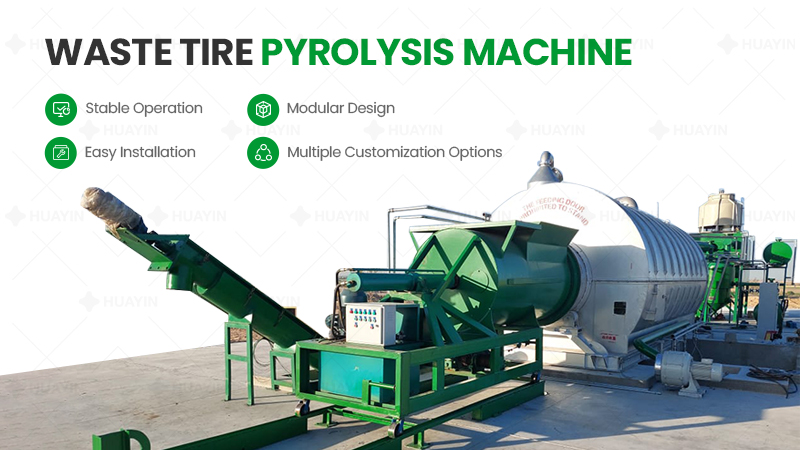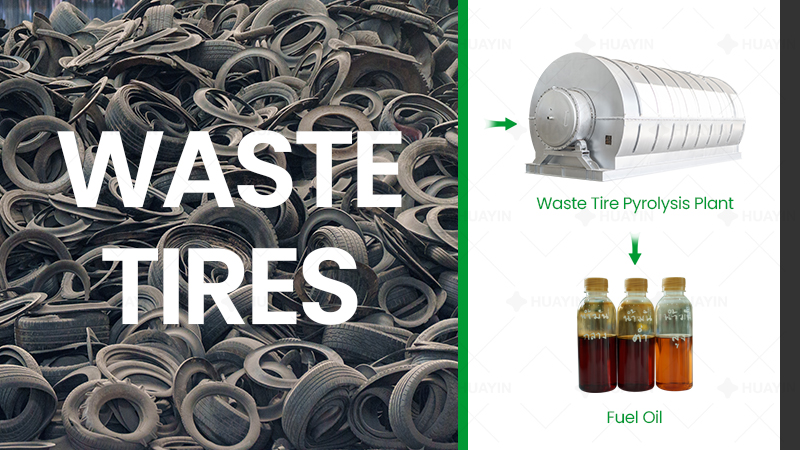
For tire pyrolysis, it is normal for tire oil to contain about 1% water. If the water content is too high, it may be caused by two factors: one is that the raw materials are damp, and the water content is high; the other is that the condensed system of the waste tire pyrolysis plant was broken, and the circulating cooling water has infiltrated.
For the wet tire materials, it may be that the quality was not inspected when purchased, or the tires were not stored properly on rainy days, or the nearby pools leaked, and the running water infiltrated the raw material area. No matter what the reason is, we must avoid this phenomenon, so that the raw materials can enter the pyrolysis reactor as dry as possible.
For the problem of the leaked condensation system and the infiltration of circulating cooling water, what we have to do is choose a qualified waste tire pyrolysis plant and find manufacturers with excellent product quality, rich production experience, and good after-sales service. The circulating cooling pipes and circulating cooling water in the condensation process are like blood in the blood vessels, which ensure that tire oil and gas are fully cooled in the condensation system. Once the circulating cooling pipe is broken or damaged, not only the oil gas not be able to be fully condensed, but a large amount of water will enter into the oil tank. When it is mixed with the tire oil, the oily wastewater will produced. Therefore, when purchasing waste tire pyrolysis equipment, you must choose a good manufacturer and good quality to avoid such problems.
What if there is already excess water in the tire oil? You can let it stand for treatment first, because the density of water and oil is different, and the oil and water will separate after standing and settling for a while. For those small amounts of oily wastewater, the atomization incineration method can be used to separate the tire oil-containing wastewater. If you are interested in our pyrolysis technology, please contact us!



